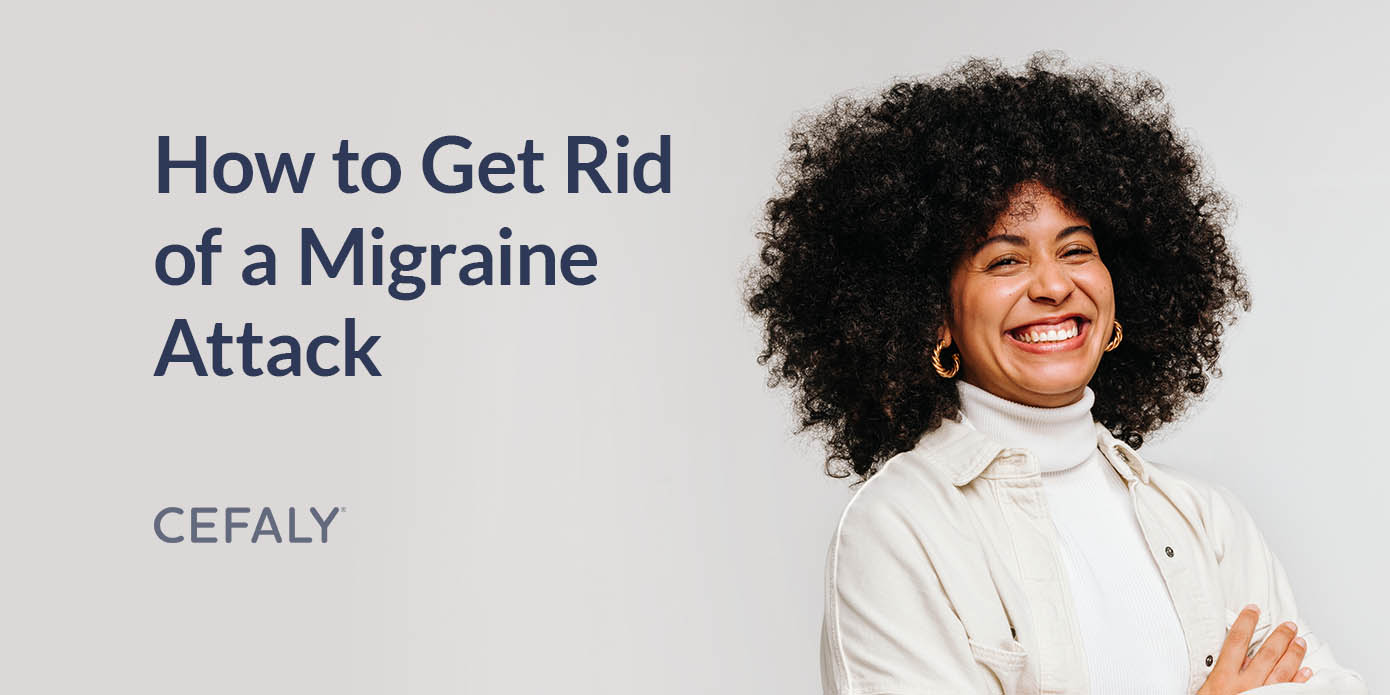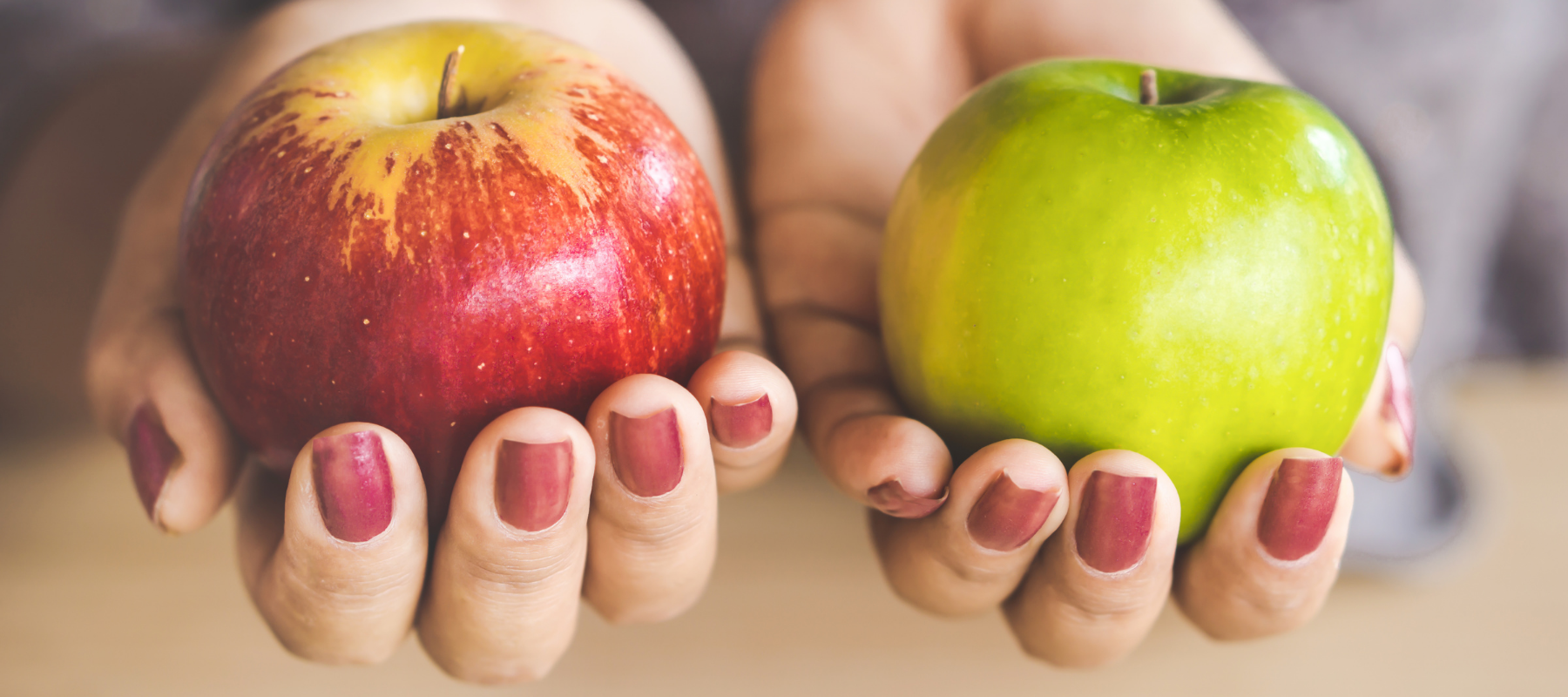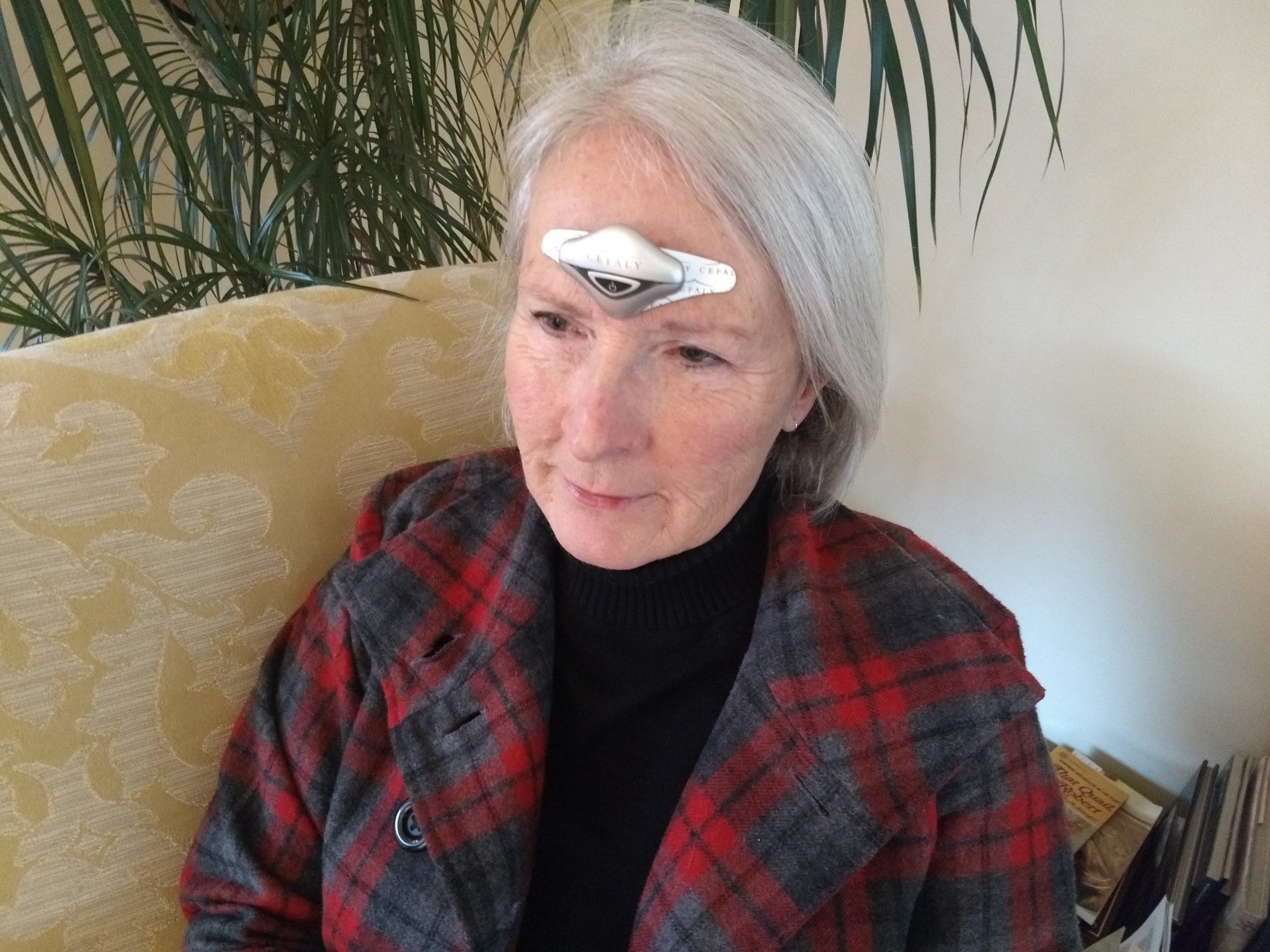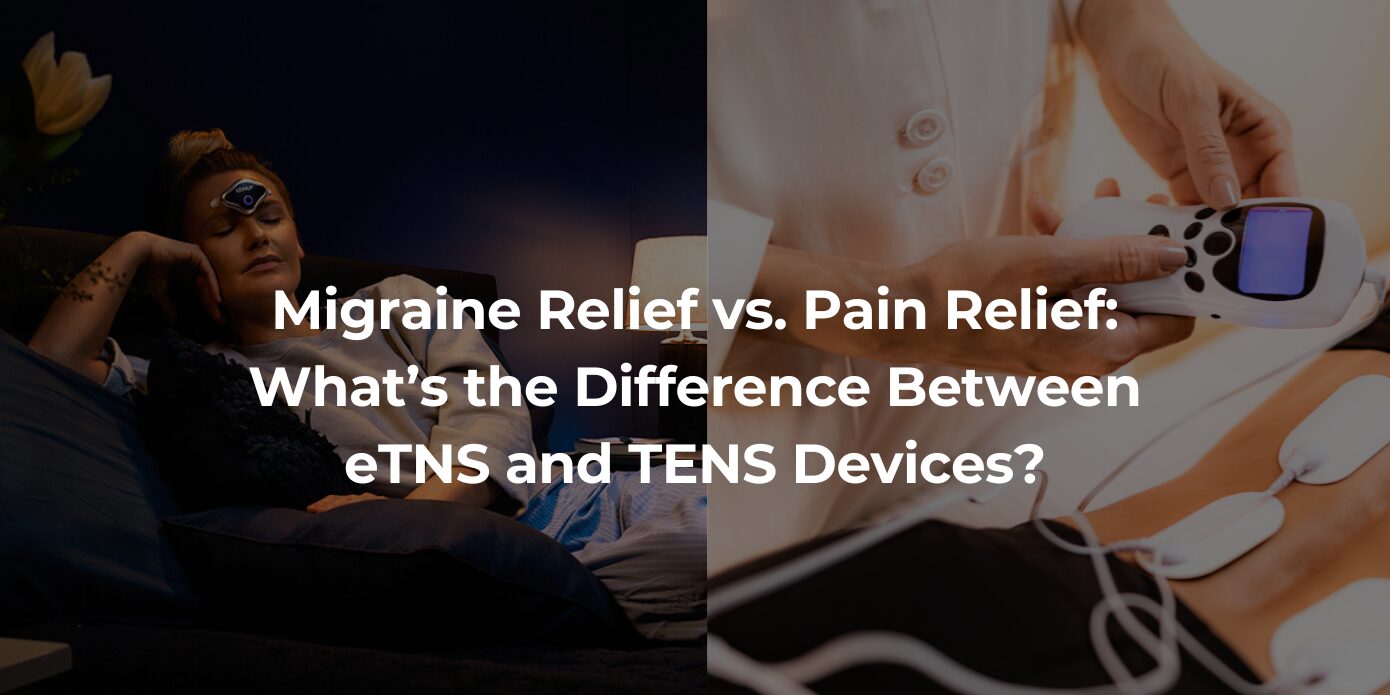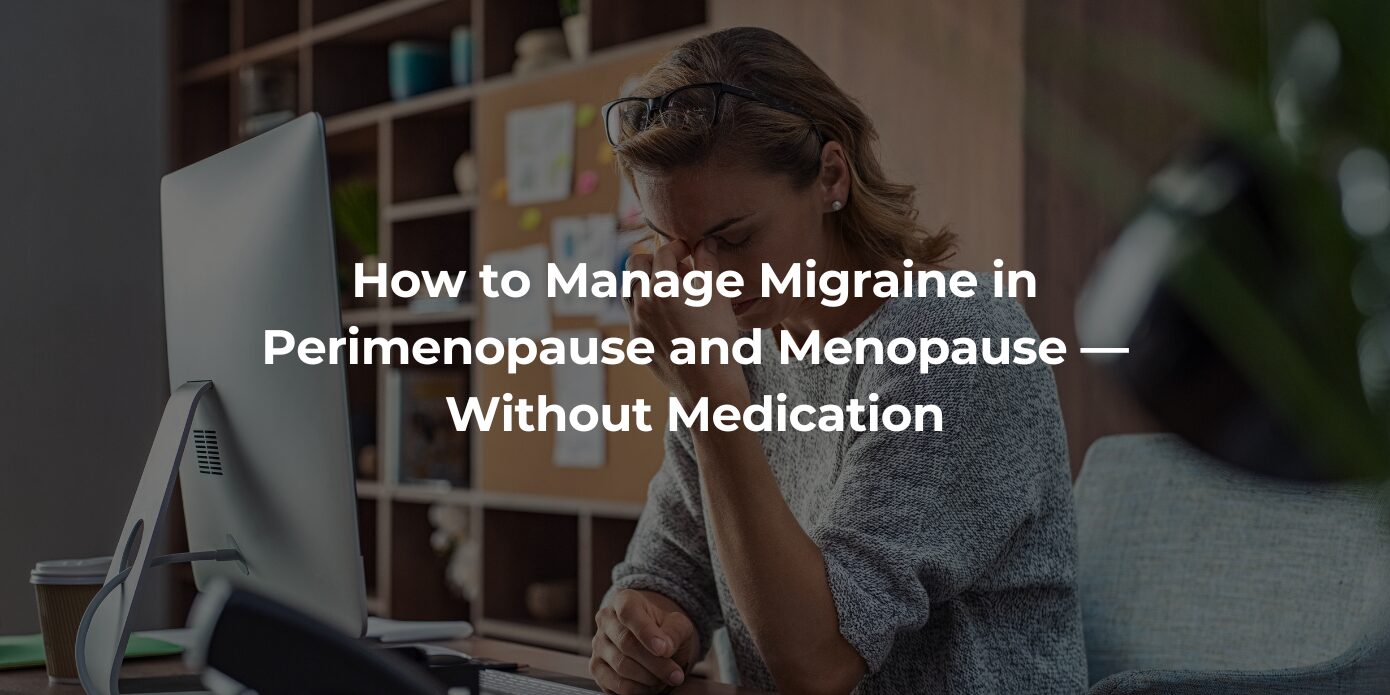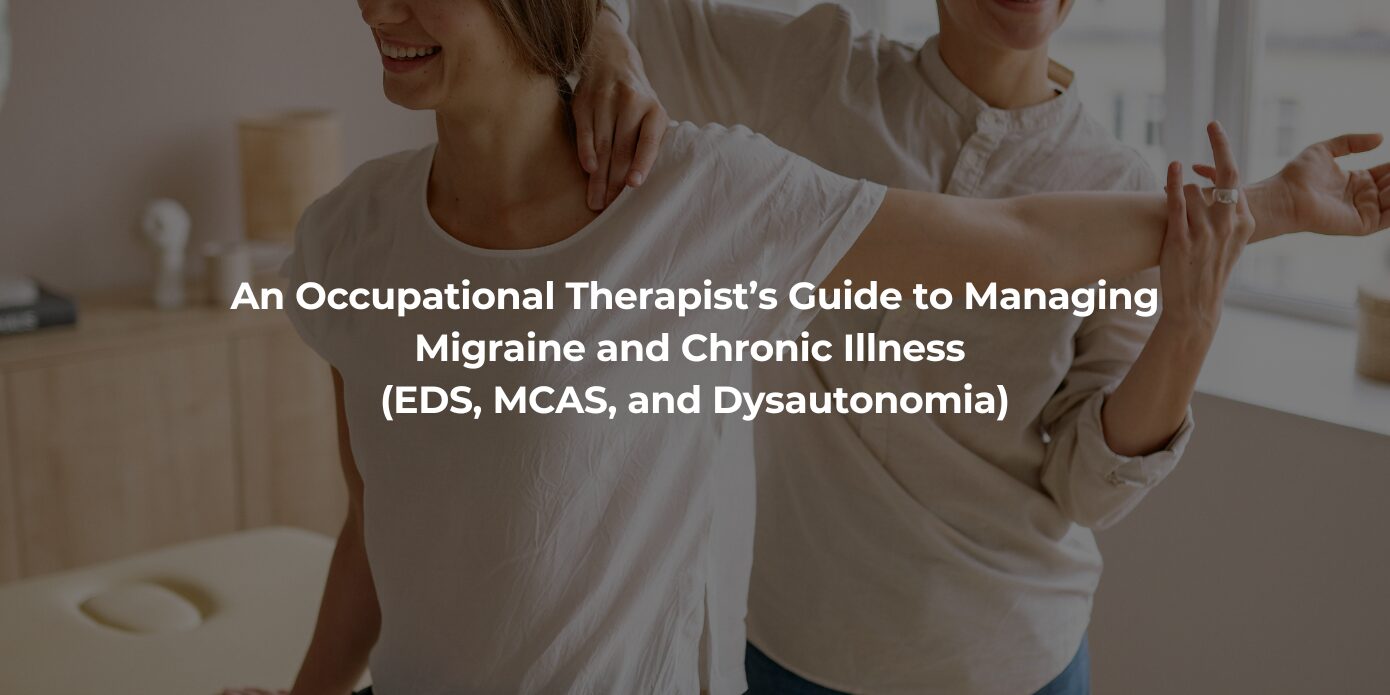If you suffer from migraine attacks, you already know how debilitating it can be. Most people associate migraine with severe headaches. However, an attack often includes more symptoms like nausea, vomiting and sensitivity to light, sounds and smells. Some people experience migraine aura, a type of temporary visual, sensory or motor disturbance. Attacks can last up to 72 hours and interfere with daily life.
While migraine is typically a chronic condition that you can’t control, there are ways to handle individual attacks. They can help lessen the intensity of your symptoms and, in some cases, help you recover faster.
If you feel an attack coming or are currently struggling with one, here are a few tips to follow to help get rid of a migraine.
1. Stay hydrated
Drinking more water can reduce pain severity, attack frequency and migraine length.
Dehydration is a common migraine trigger and can make your attack worse. Without enough water, your brain contracts and puts pressure on nerves, which can cause head pain. Even mild dehydration is a problem. Sometimes, getting rid of a migraine is as easy as drinking a big glass of water.
To reduce future migraine attacks caused by dehydration, ensure you drink about 2 liters of water a day. Water is a better option for migraine pain than other beverages, like juice or soda.
2. Drink caffeine
While caffeine shouldn’t be a water replacement, it could help reduce pain from a migraine. Caffeine — whether from coffee, tea or energy drinks — is known to narrow blood vessels and restrict blood flow. This is good for people with migraine because increased blood flow and inflammation cause head pain. Caffeine decreases the pressure and can alleviate the pain.
However, it’s important to know that caffeine can cause migraine headaches, too. Drinking coffee daily will make your body used to the caffeine. When you stop drinking it or have it later in the day than usual, you may experience caffeine withdrawal-related head pain or trigger a migraine. Having a caffeinated beverage or snack may help relieve your symptoms.
If this happens to you frequently, you may want to cut back on caffeine to prevent withdrawal migraine.
Get Drug-Free Migraine Relief With CEFALY
Shop Now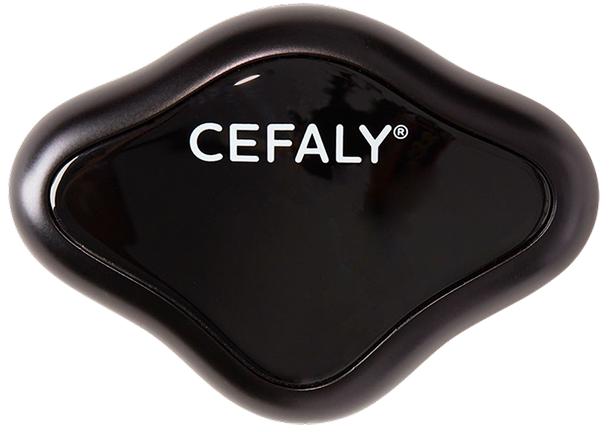
90-day money back guarantee
FDA-cleared
financing available
3. Go to a quiet, dark room
Some people get migraine attacks from bright lights, loud noises and strong smells. These factors can make symptoms worse during an attack.
To remedy the situation and get rid of a bad migraine, go to a quiet place, dim the lights and sit or lie down.
If lights trigger your migraine attacks, dim your screen brightness and install blinds or curtains. Using soft, warm lightbulbs in the room can also help. If you’re in a noisy area, try wearing noise-cancelling earplugs or headphones.
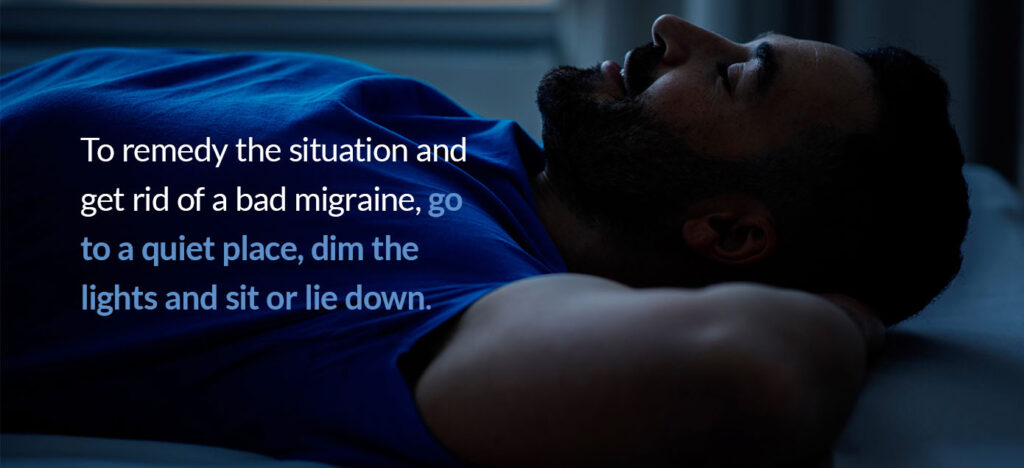
4. Take a nap
Naps are a helpful tool for getting through migraine attacks. Rest in a quiet, dark room for successful shut-eye and try to sleep for less than an hour. This will help you wake up refreshed instead of tired and groggy.
Many people find that napping during or just before a migraine attack makes them feel better. Just ensure your napping habits don’t interfere with your sleep schedule. Poor sleep and irregular sleep patterns can trigger migraine attacks.
5. Use a cold compress
Ice therapy is an easy remedy for migraine-related headaches. Cold temperatures constrict blood vessels and reduce head pain, similar to caffeine. Conversely, heat and temperature fluctuations can trigger a migraine attack.
If you have a cold compress or ice pack, put it on your forehead, neck or wherever you feel the most pain. The cool sensations can help get rid of a migraine attack quickly.
A bag of frozen vegetables or a cooled, wet cloth in a plastic bag can do in a pinch. Hold it to your skin for no longer than 20 minutes, and then take a 20 minute break.
6. Relax
Stress is a trigger for most people who live with migraine. Finding a way to calm down during an attack can reduce headache pain and duration. Relaxing is easier said than done, but you can try different relaxation techniques to find what works best for you.
Yoga, meditation, and breathing exercises can all help during an attack. You may also want to use a technique in your daily schedule to reduce the frequency of stress-related migraine. Relaxation can also help get rid of a migraine attack before it happens.
Try CEFALY to Prevent & Relieve Migraine Pain
7. Eat ginger
Ginger is a useful home remedy for nausea and headaches. While ginger can’t stop your migraine attack, it can help ease some of its symptoms. Ginger contains two compounds, gingerol and shogaol. These compounds have anti-inflammatory and pain-relieving properties. For some people, eating ginger can help with migraine and various other conditions.
To see if ginger helps your migraine attacks, try taking a ginger supplement, sucking on a ginger lozenge or drinking ginger tea.
8. Implement head massage
Head massage can ease migraine symptoms, especially headaches. Using your fingertips to gently apply pressure and rubbing your scalp, neck and shoulders can promote relief.
If you have a friend, partner or family member willing to massage your head, even better. Do your best to relax your muscles and release any tension that could contribute to migraine pain.
Regular head massage can also help you reduce stress, a key trigger of migraine attacks. Consider implementing it into your daily routine for a calming, sedative experience.
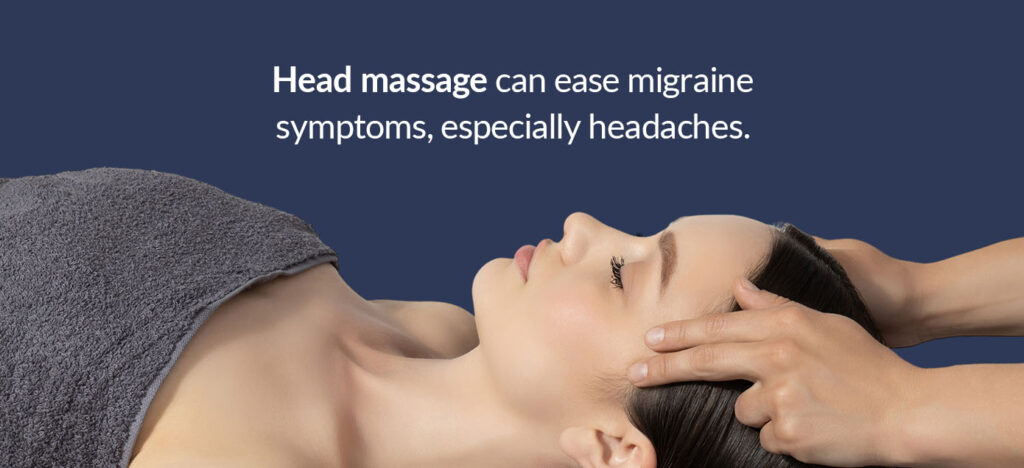
9. Try neuromodulation
Neuromodulation is a form of therapy that uses electrical stimulation to alleviate pain. The CEFALY migraine device uses external trigeminal nerve stimulation (eTNS). This nerve is the primary conductor of migraine pain.
An eTNS device sends electrical pulses to the forehead to target this nerve, disrupting pain signals. FDA-cleared medical devices like CEFALY are life-changing and can help you get rid of a migraine fast without medication.
10. Track your triggers
The best way to combat migraine pain is to track what triggers it. Keep a journal on you or download a tracking app to note when an attack occurs. Record potential reasons for the attack and note any patterns.
For example, you may get more migraine attacks in the morning, when it’s hot outside or before menstruation. Knowing your triggers will help you avoid attacks and reduce their frequency.
Try a CEFALY migraine device today
A CEFALY device gives you effective migraine pain relief without medication. This FDA-cleared, dual-purpose device features two treatment modes — ACUTE and PREVENT. The ACUTE mode helps relieve pain as it happens, and the PREVENT mode is a daily treatment to reduce the frequency of migraine attacks. CEFALY users in one study saw an average 30% reduction in migraine days after three months of using the PREVENT treatment mode.
CEFALY devices also come with CeCe Migraine Management, a personalized app that helps you better understand your life with migraine. You can use it to log migraine attacks, track triggers and set reminders for device use. If the device isn’t working for you after 90 days, we’ll give you your money back.
Get started with CEFALY today to see the benefits for yourself!
